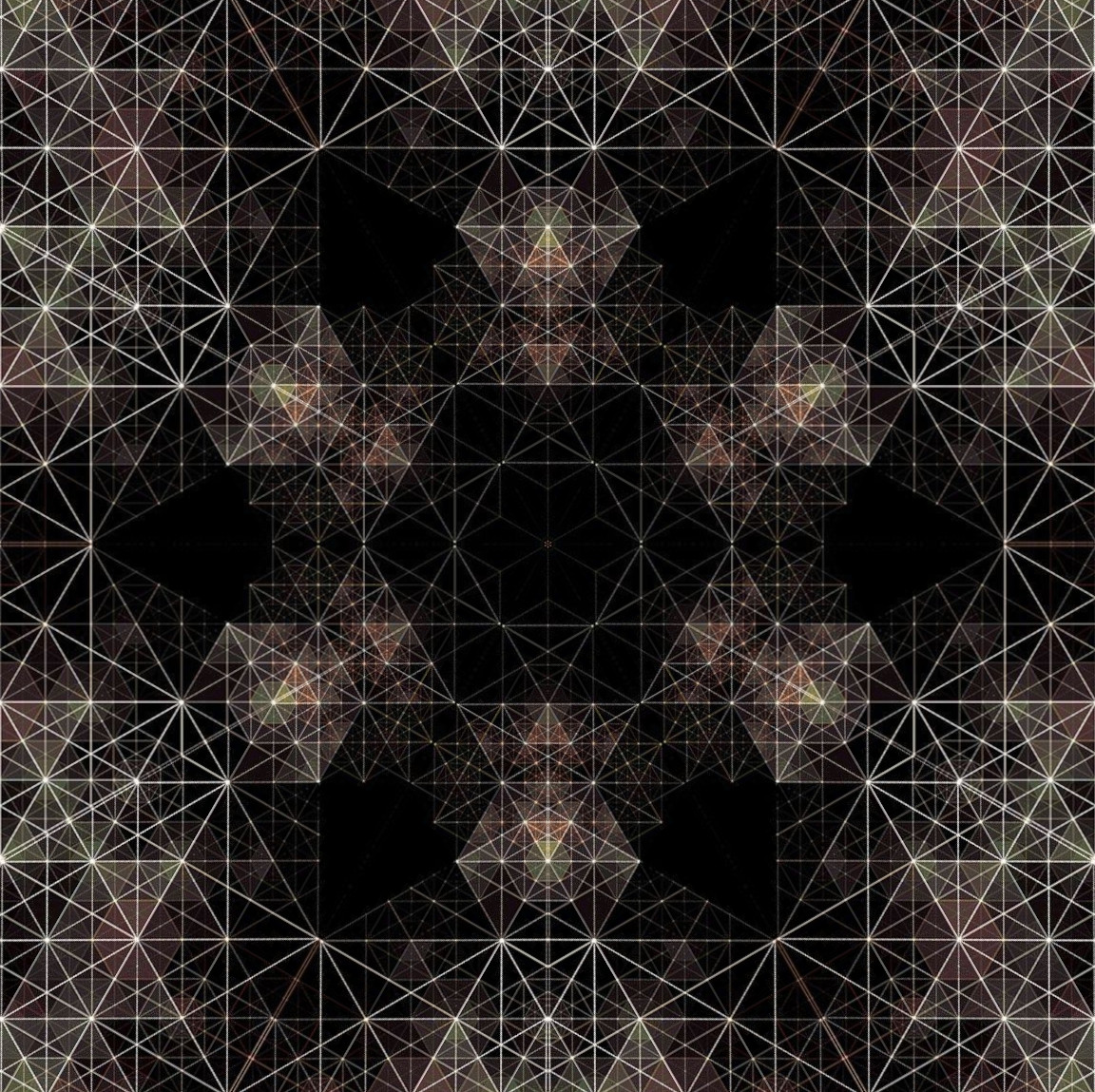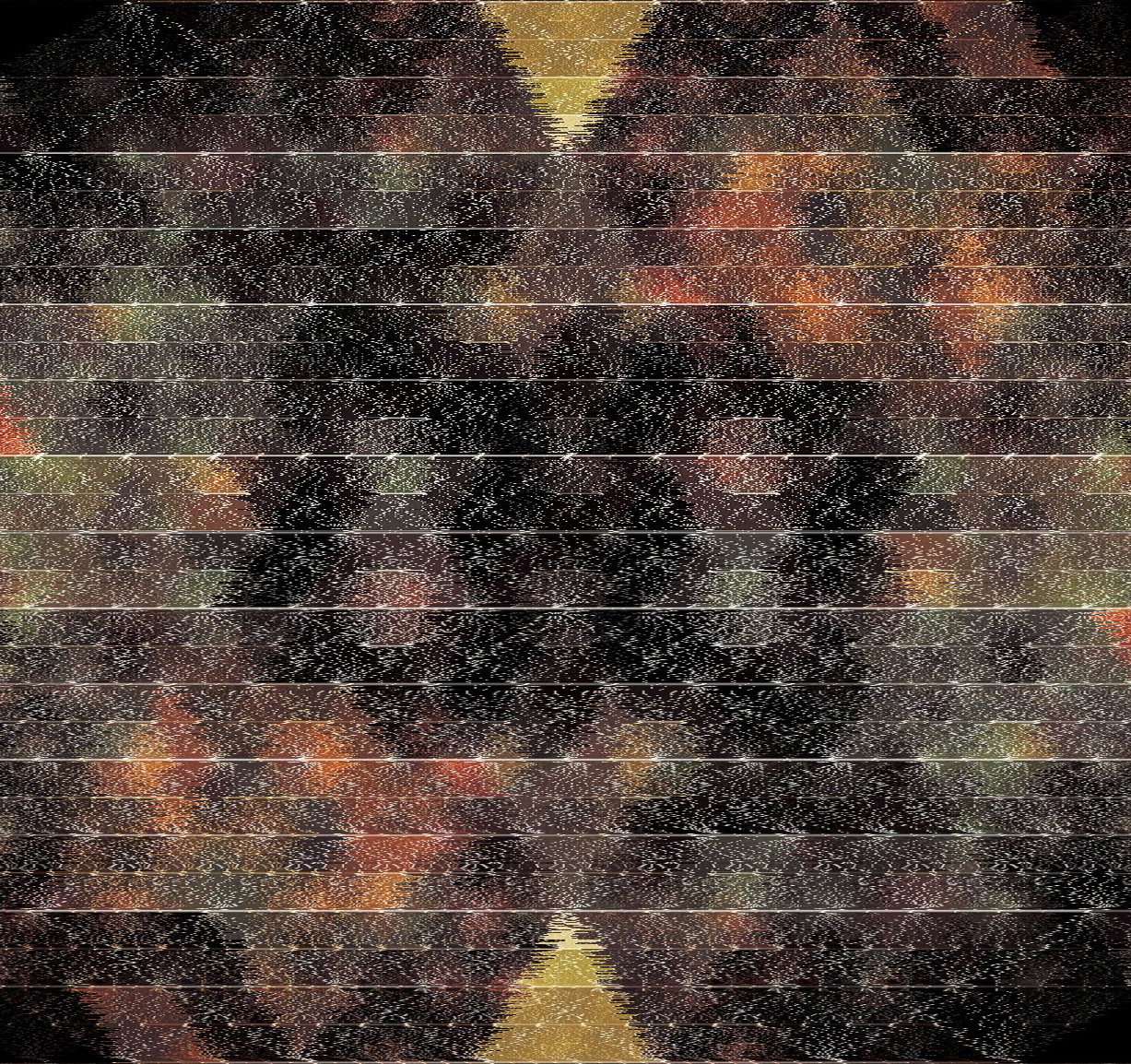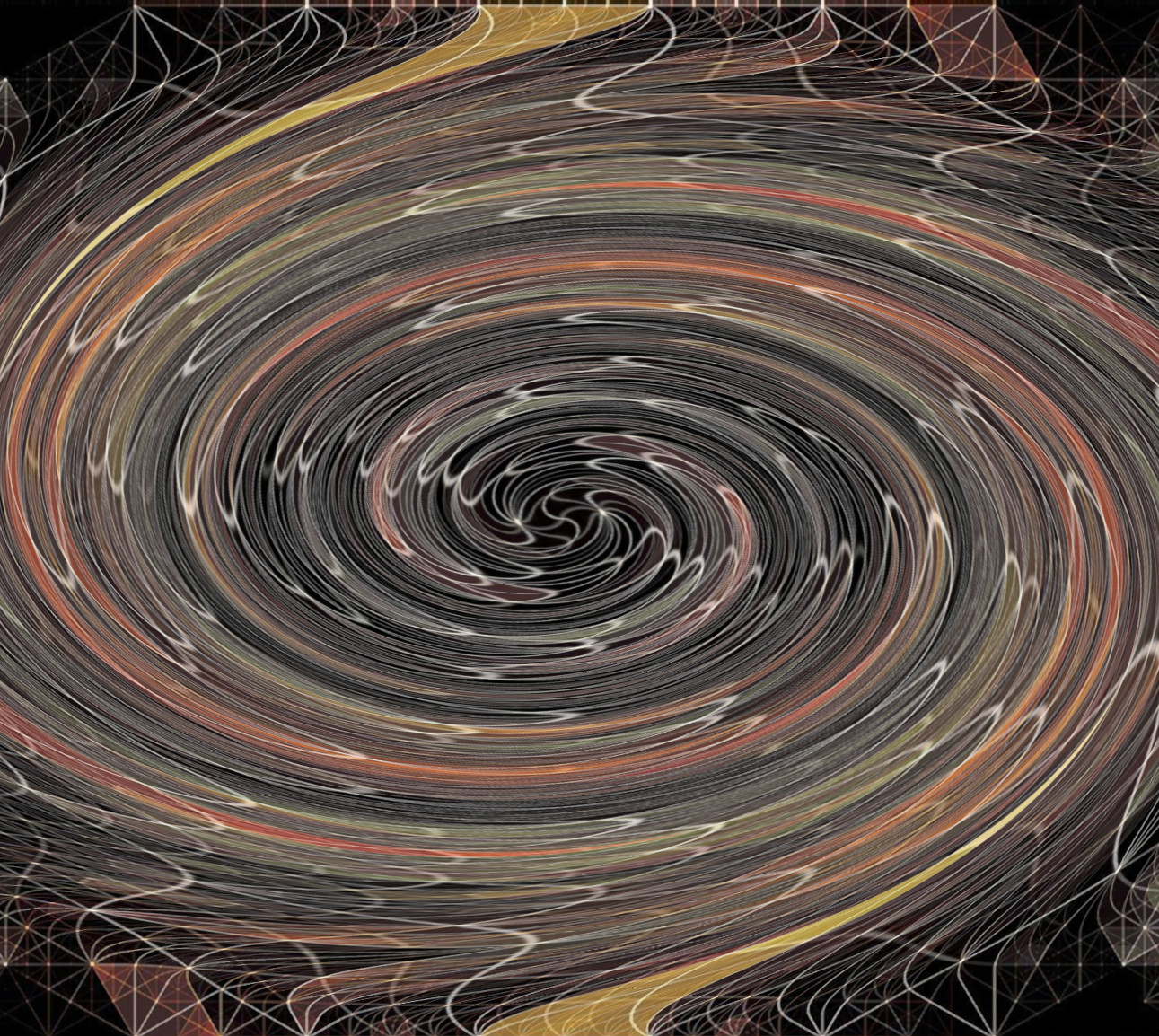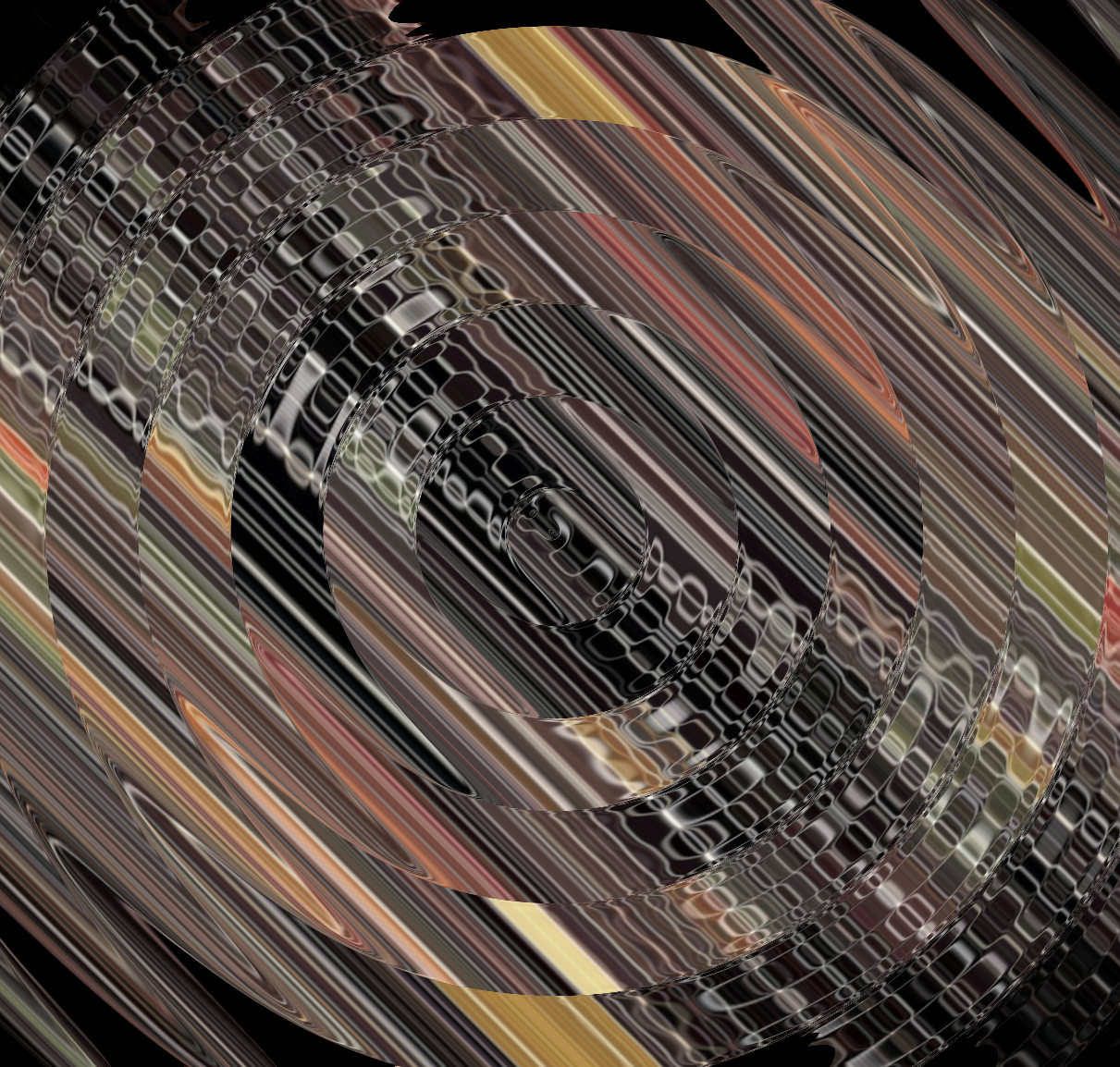20-02-2025
Ancestral Future
How do we properly use technology to support real life?
Read

How do we properly use technology to support real life?

Can we manufacture love?

Creating new societal foundations with blockchain technology.

Using blockchain technology to make better decisions for our planet.